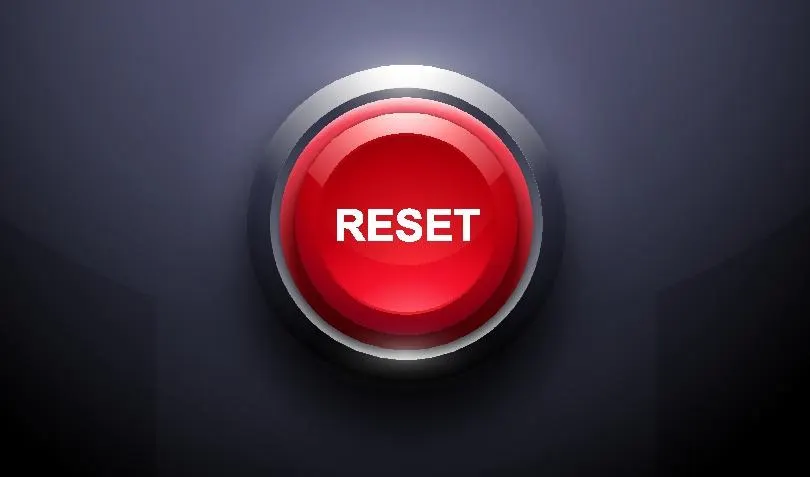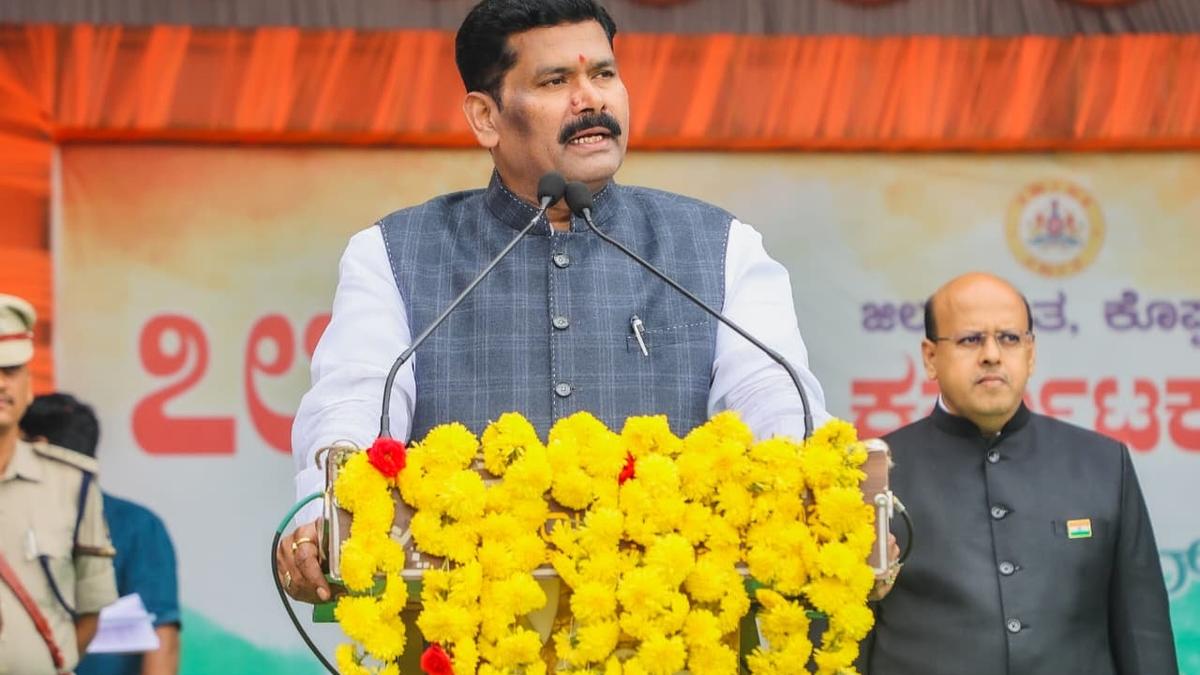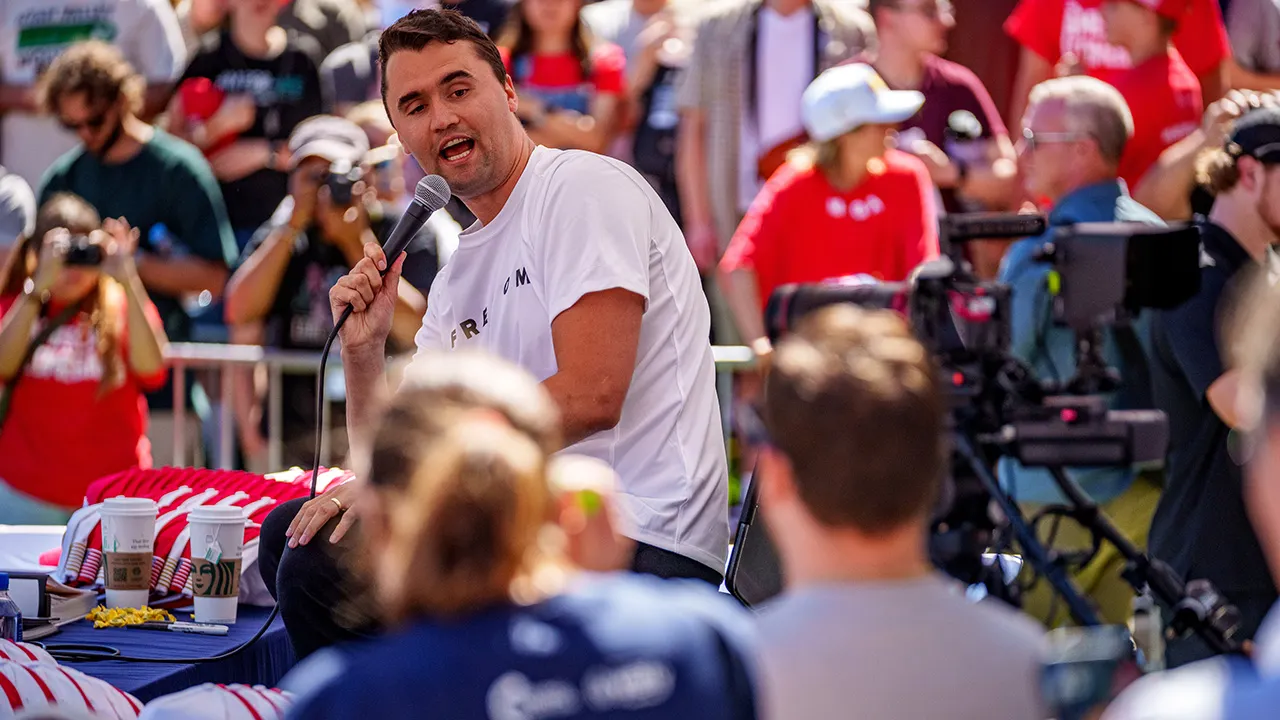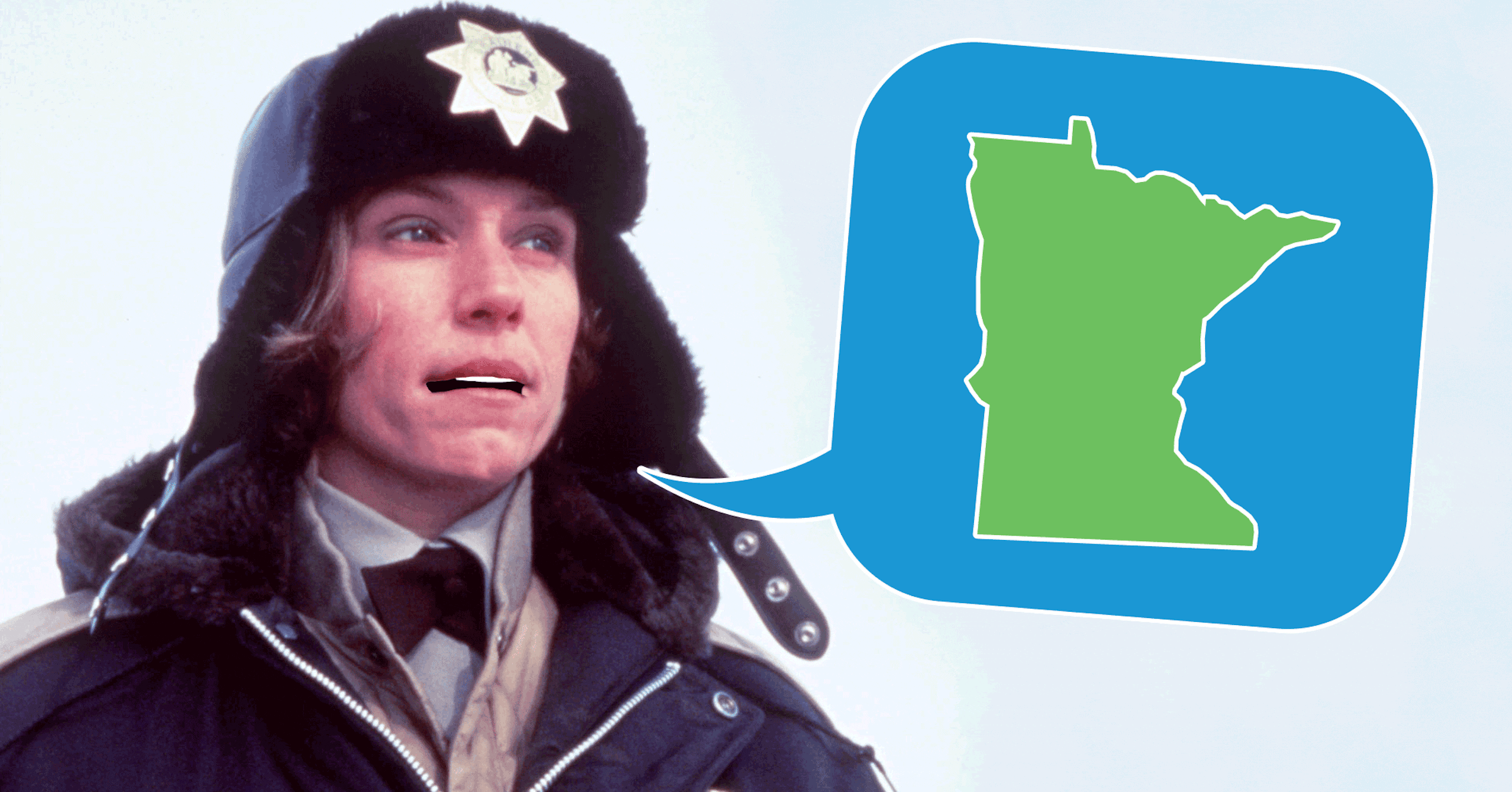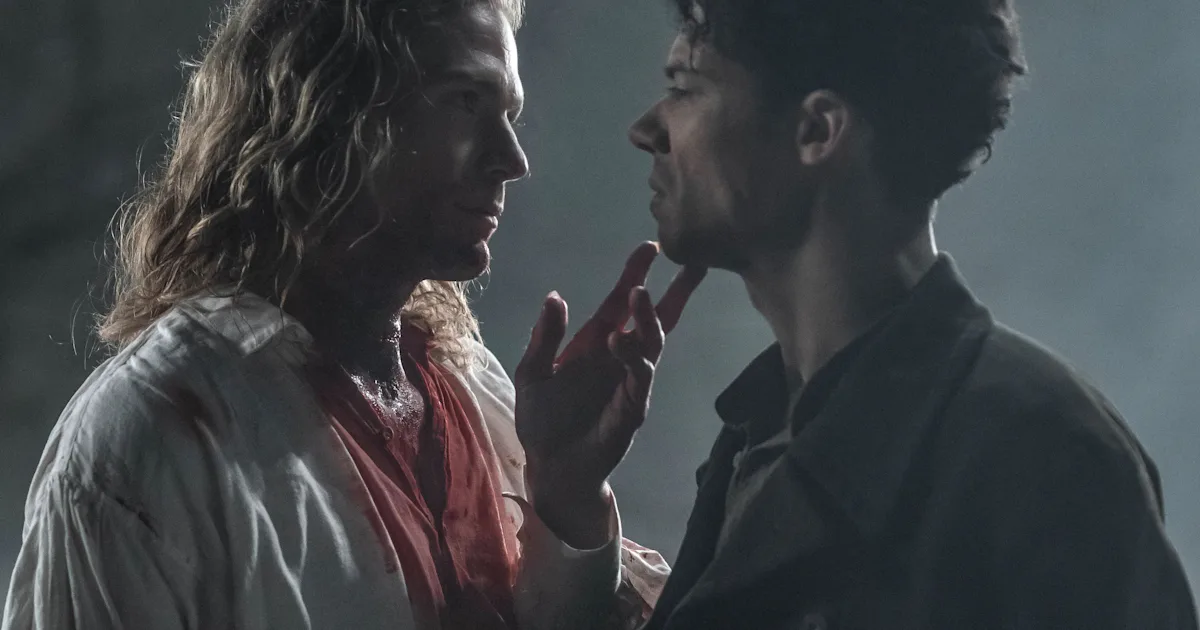
For fans of Anne Rice’s Vampire Chronicles, the prospect of a TV adaptation of her legendary series was the stuff of fantasy. Despite being a multi-million bestselling saga and one of the most influential vampire stories in modern culture, Hollywood seemed unsure of what to do with this sprawling, internal, and highly erotic historical paranormal drama. The 1994 film Interview with the Vampire was an excellent and faithful interpretation of the first book but the delayed follow-up Queen of the Damned was lazy and trend-chasing (and we all just overlook the boring and cringe-inducing Broadway musical by Elton John.) AMC’s long-awaited TV series, which premiered in 2022, did the unthinkable: it cracked the code, bringing to life Rice’s baroque sensuality with impeccable detail and a deep respect for the source material. But it also did something that might shock hardcore fans: it improved on the books in some fascinating ways.
Interview with the Vampire is a strange book full of truly unadaptable qualities. It’s a conversation between the vampire Louis de Point du Lac and the unnamed interviewer (later revealed to be Daniel Malloy) that goes into minute detail of decades of drama. Its hero is a slave-owner, the vampire Claudia is only five when she’s turned, and a lot of her scenes tangle with the discomfiting nature of being a sexual adult in the body of a child. The film, directed by Neil Jordan, largely avoided these issues, fixing the latter by aging the character to her pre-teens. But it also downplayed the story’s innate queerness, with the torrid romance between Louis and the infamous Lestat de Lioncourt being reduced to some longing gazes (in Queen of the Damned, Lestat is almost no-homo in his straightness.) There was room for improvement.
Showrunner Rolin Jones was nervy in some of the changes he made. He moved the setting up to the turn of the 20th century, removing slavery from the equation but not whitewashing history. Louis is now a Black man, played by Jacob Anderson, who runs a brothel because it’s the only establishment the racist New Orleans elites will allow people of color to deal with. As Louis narrates his story in the present day to Daniel (who has been aged up to his 60s and is now a savvy no-BS reporter who has no patience for vampire nonsense), we get a deeper insight into his anger.
Many readers, even those who love the books, find Louis to be a passive figure. He’s not the dynamo of charisma that Lestat is (but who among is can claim that title?), and his journey is largely that of an empathetic figure who has never lost his innate humanity. Those qualities remain with the new Louis, but now he’s someone who finds usefulness in his newfound powers. He screws around with racist jerks but it also pained by his increasing (and necessary) estrangement from his loving family. Jacob Anderson does some of the best TV acting of the decade so far as Louis, making it more of a two-person dynamic than the books where Lestat takes over everything.
It’s through the characters that the biggest changes reveal the savviness of their reinterpretation of the material. Lestat, played by Sam Reid, is the most like the books he’s ever been, but his relationship with Louis is also taken further. It’s more aggressive, more sexual, and more abusive in its fury. They tease out some of the book’s subtexts to show the ways that vampires’ rejection or embracing of humanity are at odds with their lives as monsters.
It’s a credit to Jones and his writers that these changes retain the spirit of Rice’s books without feeling required to copy every detail. Daniel Molloy is now a serious journalist who constantly calls out Louis on his biases and mistruths rather than a vampire fanboy. A Season 1 finale twist utterly redefined the character of Armand, who is a perennial 17-year-old and sneering goblin in the books, but is now refined, calculating, and a dangerous figure to cross. Even minor figures from the book, like Madeleine, who becomes Claudia’s companion, are fleshed out into complicated and morally curious characters.
The series isn’t a total shake-up of Rice’s books. The second season, set largely in Paris, where Louis and Claudia become members of the Theatre des Vampires, is very faithful to the narrative of that arc. On a purely aesthetic level, the production is stunning, bringing to life Rice’s tactile ability to convey both setting and mood. And it all takes itself seriously, refusing to break the fourth wall or add needless jokes at the expense of the story’s earnest commitment to these vampires and their exquisite agonies. Not once does it try to downplay its own ludicrousness (a problem that its Immortal Universe sibling series The Mayfair Witches has never been able to solve.)
Season 3 will adapt the second book in the saga, The Vampire Lestat, which centers on the absolute drama queen as he becomes a rockstar and tells his own torrid tale of love, mommy issues, and infinite power. Fans are intrigued to see how the adaptation will combine the novel’s arc with the changes made by its preceding seasons, but there’s every reason to be confident that the show’s creatives can pull it off. They’ve already achieved the impossible, after all.
Interview with the Vampire Season 1-2 are streaming now on Netflix.
